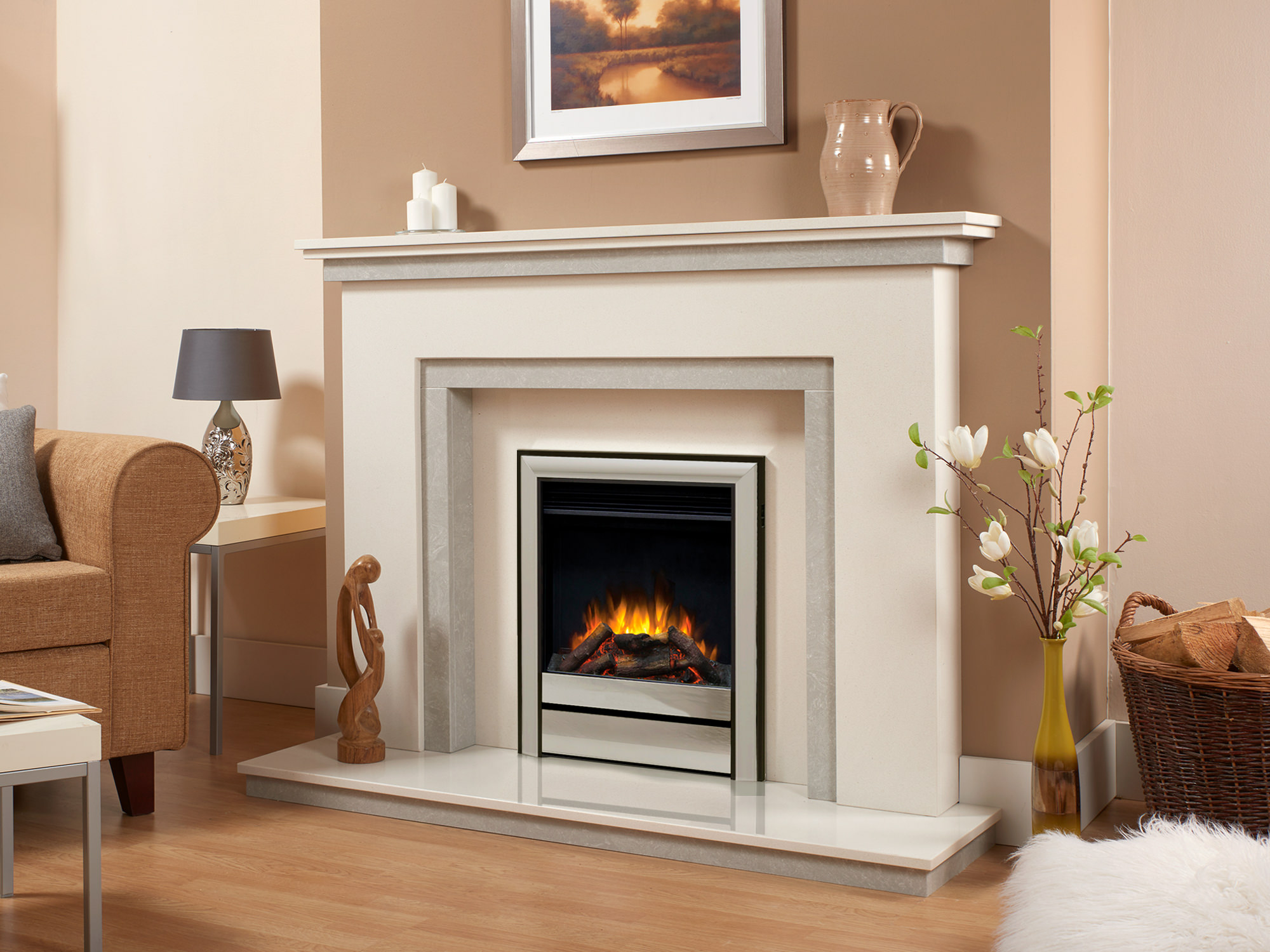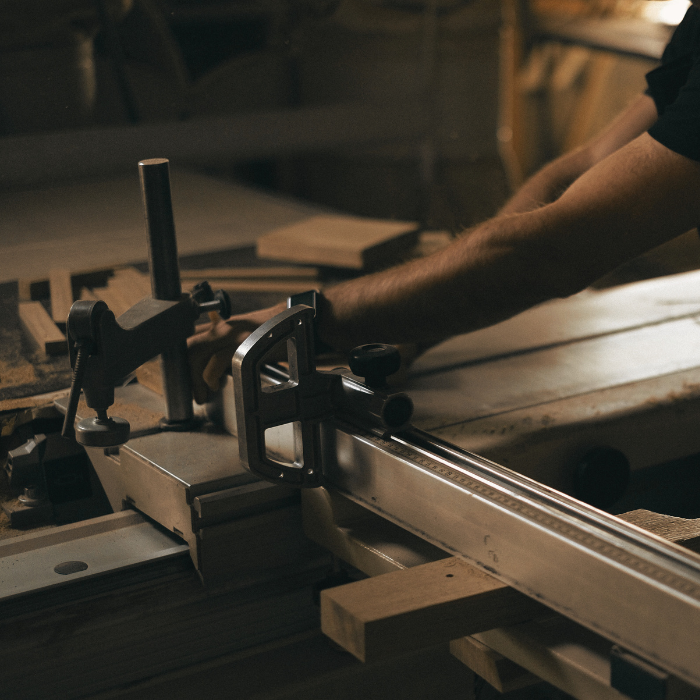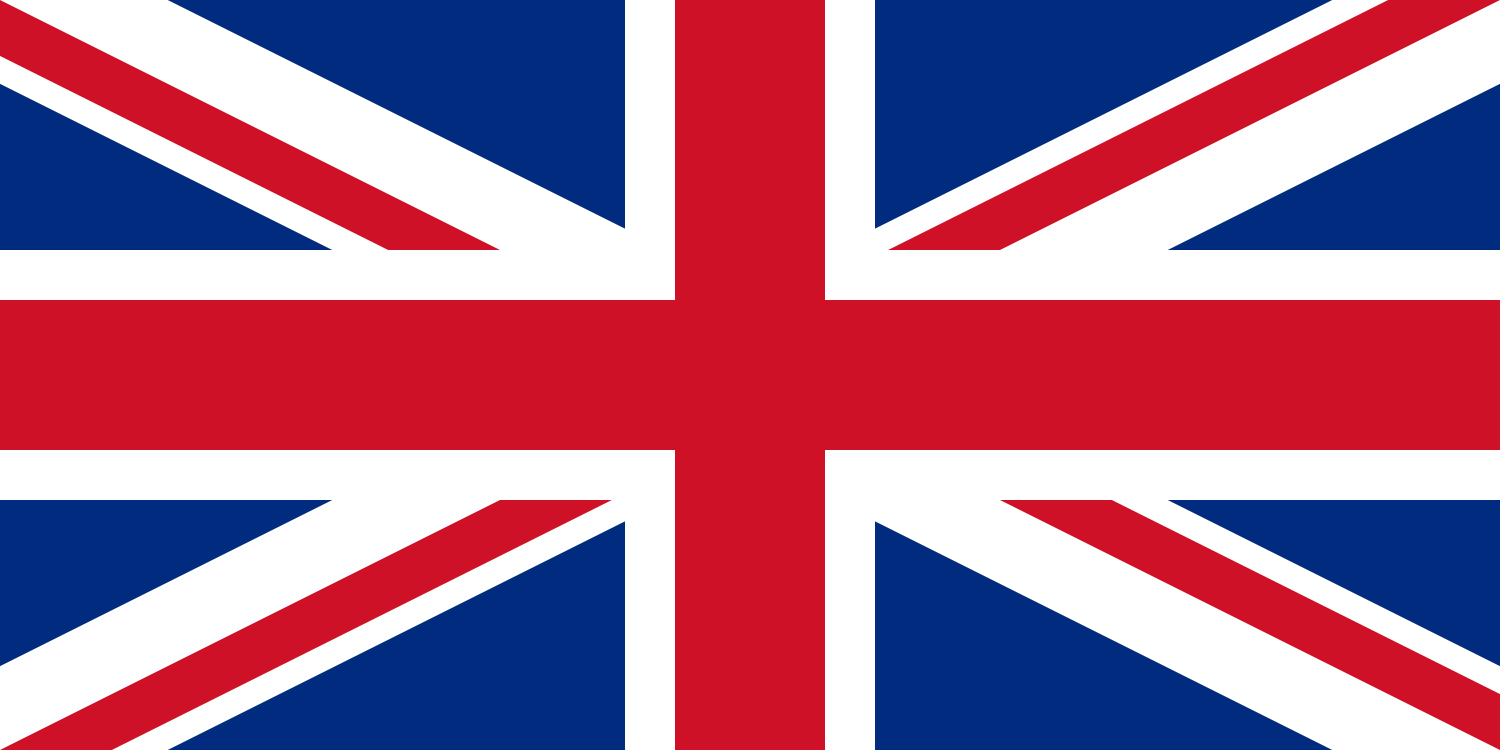Which Fuels Should I Burn in my Multi-Fuel Stove?
I should like to take this opportunity to dwell on a subject which is close to my heart, yet seldom discussed here. This is the apparent mystery surrounding solid fuels – which are suitable or otherwise?
-
Wood
-
Coal
-
Smokless Fuels
-
Petroleum Coke
Unlike gas and oil, there are many different products available in the marketplace ranging from softwood logs to anthracite. I estimate the public could potentially choose from up to 40 different solid fuel types, so the decision is not easy. Obviously, in some cases the choice may be restricted due to the design of the appliance, but customers with a multi-fuel stove could select from a mind-boggling array of products.
Wood
The UK market for wood is still in its infancy when compared to mainland Europe where wood burning is a long established tradition. Consequently, many UK consumers lack basic knowledge relating to suitability of certain wood species and the importance of only burning wood with minimum moisture content. Conversely, Western European consumers can call upon generations of experience and a well established wood supply infrastructure to ensure only best quality fuel is burned.
However, whilst there is a variety of tree species to choose from, in practice selection is limited to what is locally available and sometimes of dubious quality from itinerant traders. Guides to wood types and their uses are available from a number or sources and all stress the importance of ensuring moisture content is at a minimum, and certainly below 20%. Without doubt, the greatest confusion surrounds the selection of solid mineral fuels – to the novice this means fuels derived from coal related products or blends thereof.
Coal
When we speak of coal many people will relate to bituminous housecoal, mainly used on open fires capable of providing an attractive long flame fire with ample radiant heat, which can be used. Not the most efficient way to heat the home but certainly the image most people associate with a cosy winter evenings in front of the fire in your favourite armchair.
Of course, fashion now dictates every home should have a stove to provide the psychological comforts of the open fire in a high efficiency and controllable package. Some stoves are designed for wood burning only but many are designated multi-fuel allowing customers a wider choice.
Smokeless Fuels
And this is where the confusion begins. Most stove manufacturers do not recommend burning bituminous coal on their appliances due to the high volatile content and the potential for soot deposits to block the flue. However, there are many smokeless fuels suitable for the purpose. All offer high calorific content and will burn unattended for many hours. Anthracite is a naturally smokeless fuel, the majority of which is supplied from South Wales. It is suitable for larger closed multi-fuel appliances, plus cookers and gravity feed boilers. Smokeless fuels ovoids and briquettes are manufactured for both open fires and closed appliances. Thankfully, whilst many multi-fuel stoves are designed to burn wood they are equally suited to smokeless products. There are nearly thirty smokeless fuels suitable for closed appliances listed in the current Official Guide to HETAS Approved Products and Services. All have been independently tested and meet the required criteria.
Quality and price will vary and offer customers a wide choice of fuels depending on need and affordability. In addition, many Coal Merchants supply blended products which often prove popular with less well-off customers. In reality the final list of fuels on offer probably exceeds fifty although for some brands the availability may be localised.
Petroleum Coke
Questions often arise about petroleum coke, a product which is much maligned. Petcoke as it is often called, is not a coke as defined, and is an imported by-product from the petroleum refining industry. When first introduced into the UK it was a cheap high calorific value fuel with very low ash content.
Unfortunately, it quickly gained in popularity together with a bad reputation for damaging cast iron and steel fire-box parts because the high fire-bed temperatures caused distortion and burning of components. It should only be used when blended with an ash bearing fuel. As a consequence, virtually all appliance manufacturers banned its use and warned customers that their warranty would be invalidated.
However, for some years petcoke has been sold blended as a 50/50 mix with other fuels, such as hard coke, to create an acceptable product which has proven popular with customers. Recently however, rises in the cost of petroleum coke has rendered these products less popular.
But petroleum coke has not disappeared. Almost all smokeless fuel manufacturers add a percentage of crushed petcoke to the fuel blend to improve the burning characteristics and reduce the ash content. The proportion of petcoke varies depending on the quality of the other constituents and the intended end product. In this context petcoke is considered beneficial.
Therefore, when advising end-users, retailers and installers should not fall into the trap of condemning fuels because petcoke is included in the blend. Many of these products have been tested and approved by HETAS for use in multi-fuel appliances. To preclude these products from the list of recommended fuels would reduce the choice to anthracite only.
Jim Lambeth
NACS Technical Advisor
Find out more about NACS (National Association of Chimney Sweeps) Click Here
“”We hope you enjoyed this article. Please share your tips, questions and comments below””.
Permalink











